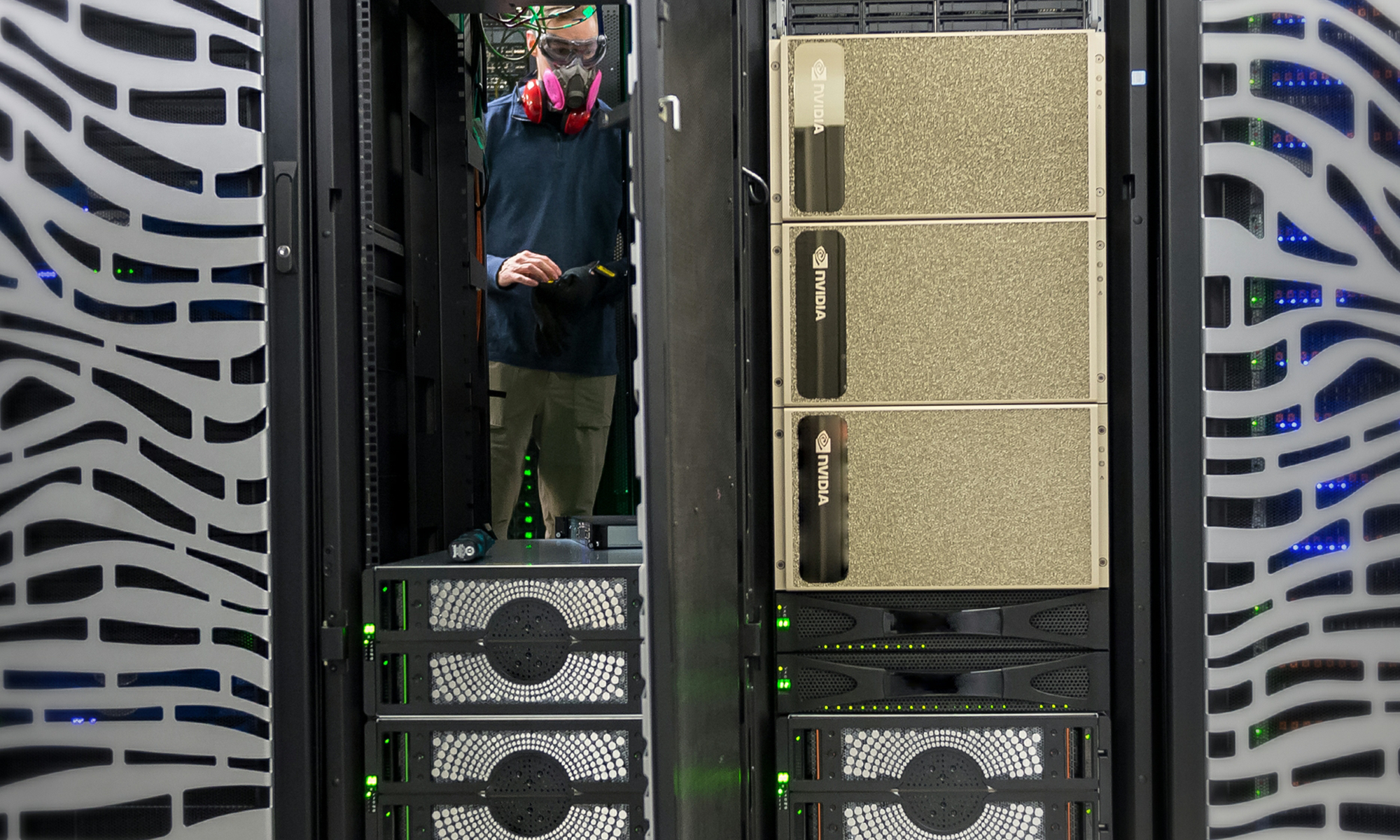Graphics specialist NVIDIA (NVDA 0.10%) preannounced underwhelming fourth-quarter earnings results on Jan. 28, telling investors to expect revenue to be closer to $2.2 billion than its original projection of $2.7 billion. The company also took its gross margin guidance down from 62.5% to 56% (although, as I explained here, it's not as bad as it seems).
NVIDIA doesn't report its full earnings results (which should also include guidance for the current quarter) until Feb. 14. Today, I'll go over three things that management should address when it hosts the conference call that will accompany that earnings release.
Check out the latest NVIDIA earnings call transcript.

Image source: NVIDIA.
What's the plan to accelerate high-end gaming GPU sales?
In NVIDIA's press release, the company said that -- among other things -- "sales of certain high-end [graphics processing units] using NVIDIA's new Turing architecture were lower than expected."
The company claimed that "[these] products deliver a revolutionary leap in performance and innovation with real-time ray tracing and [artificial intelligence], but some customers may have delayed their purchase while waiting for lower price points and further demonstrations of RTX technology in actual games."
RTX technology refers to NVIDIA'S suite of technologies that it says "brings together real-time ray tracing, artificial intelligence, and programmable sharing for a whole new way to experience games."
In light of this, one question that I think investors might be looking for the answer to is this: What is NVIDIA's plan to get those customers to finally hop on the Turing train?
If you read the letter to shareholders that accompanied the recent earnings warning, CEO Jensen Huang pointed to the fact that street pricing of high-end GeForce RTX GPUs was "above MSRP."
So the questions I have are as follows: What is NVIDIA doing to push street prices of these GeForce RTX cards down closer to MSRP to stoke demand? How is the company going to work to accelerate the adoption of RTX in major titles?
Is this the bottom for the GPU business?
NVIDIA's guidance for the quarter was already significantly below expectations, reflecting the fact that the company expected to halt shipments of midrange Pascal-based graphics cards during the quarter to allow channel inventory levels to come back down.
In the company's expectation-reduction note, it also cited "deteriorating macroeconomic conditions, particularly in China" as having "impacted consumer demand for NVIDIA GPUs."
On top of that, NVIDIA said that its data center GPU business didn't reach its targets for the quarter as "a number of deals in the company's forecast did not close in the last month of the quarter as customers shifted to a more cautious approach."
So, a key question that I'd like to know the answer to is this: Will the first quarter represent the bottom for the company's GPU business as a whole, or is NVIDIA looking at a more protracted slump in demand for its GPUs?
What was the split of the demand shortfall?
NVIDIA's revenue guidance was slashed by $500 million. The company blamed macroeconomic weakness in China, slow sales of some high-end Turing GPUs, and data center weakness for that miss. I'd like to know how much each factor is responsible for of that $500 million miss.
Put another way: How much of this miss was out of NVIDIA's control and how much of it can the company take action to remedy in the coming quarters? The more of it that's in NVIDIA's control, the more quickly I'd expect a recovery.
Investor takeaway
For NVIDIA shareholders, this upcoming earnings call will be critically important, as will the guidance that the company offers for the subsequent quarter. If NVIDIA can show that the worst is over (or very close to it), that could potentially bring investors back into the stock. However, if guidance is ugly and it looks like there's significantly more pain ahead, the shares might continue their recent losing streak for a while yet.






